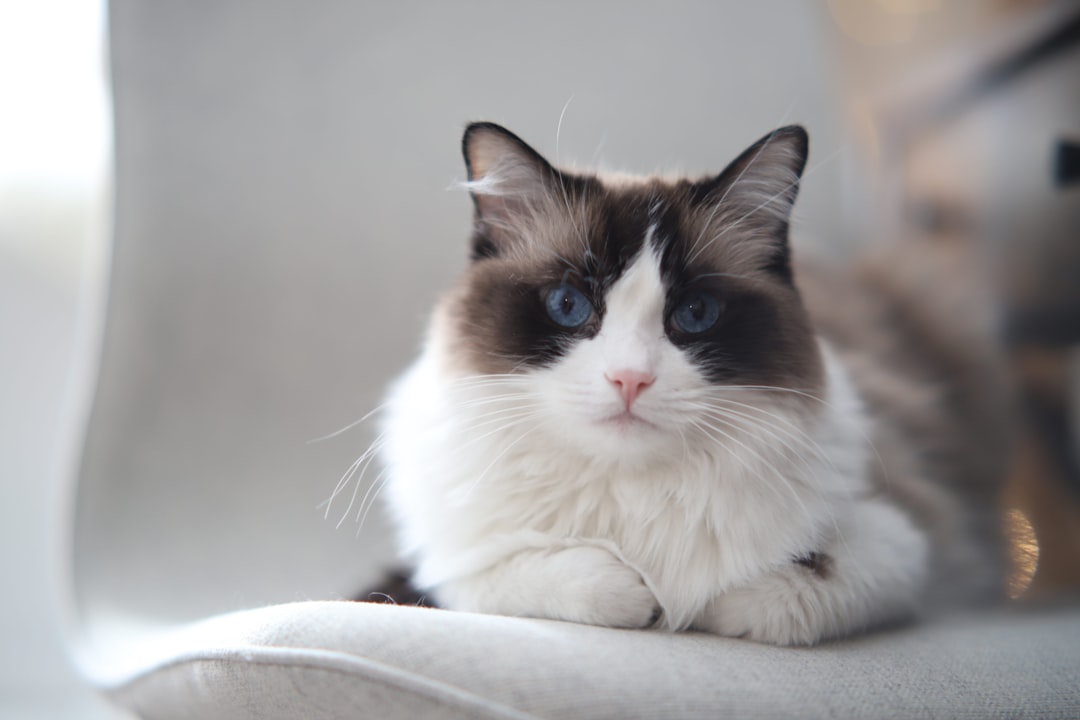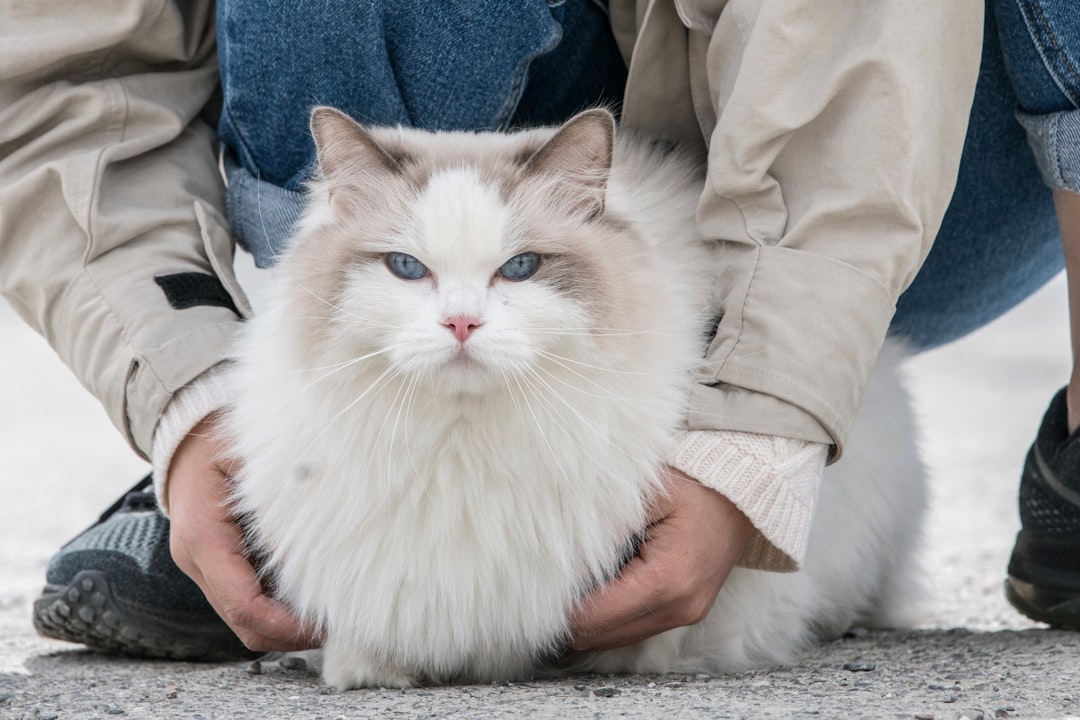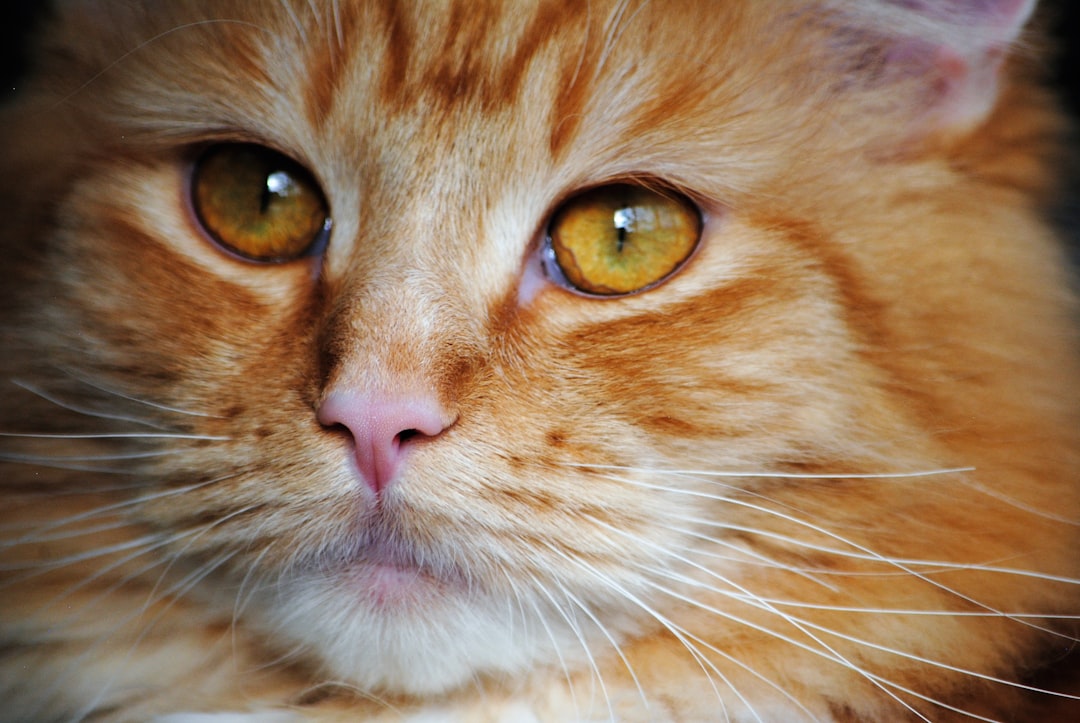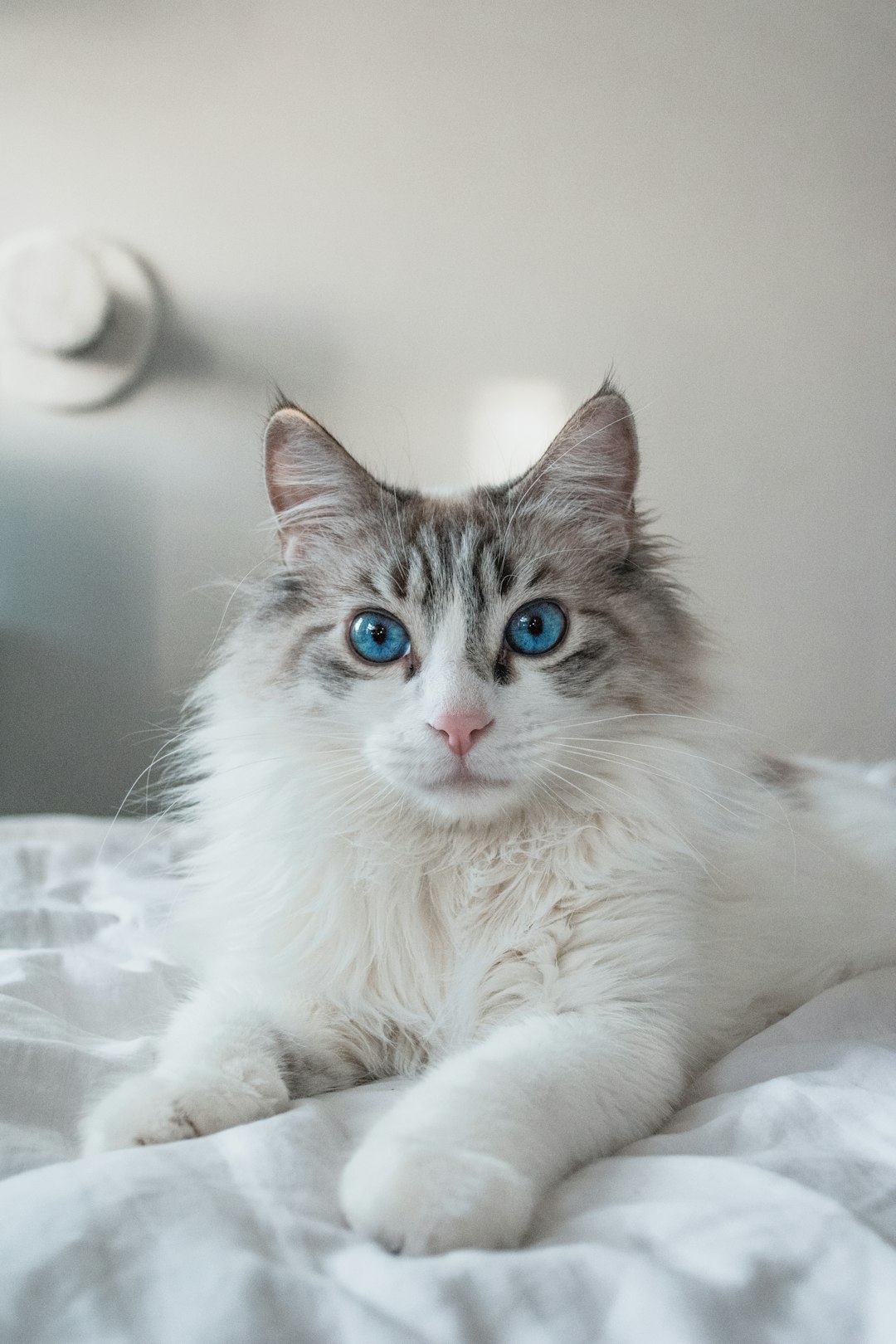If you’re captivated by the blend of vibrant colors and distinct patterns, you’ll surely admire the Torbie Cat. These fascinating felines combine the exquisite traits of both Torties and Tabbies, showcasing a unique beauty that stands out in the feline kingdom. Understanding their genetic background, physical characteristics, and charming temperament can enhance your appreciation for these cats even further. Whether you’re considering adopting one or simply want to learn more, exploring the world of the Torbie Cat reveals insights into their striking appearance and delightful personality.
Understanding the Torbie Cat’s Unique Characteristics
The Torbie Cat is a delightful blend of the Tortie and Tabby breeds, showcasing a rich tapestry of colors and patterns. This unique hybrid not only captures the eye but also boasts distinct characteristics.
Key Characteristics of Torbie Cats:
Color Patterns:
- Tortoiseshell Base: Predominantly black and orange blend.
- Tabby Stripes or Spots: Overlaid in varying shades, which enhance their visual appeal.
Varied Personalities:
- Like their Tortie ancestors, Torbie Cats often exhibit strong, independent personalities.
- They blend this with the social nature of Tabby cats, making them playful yet affectionate.
Vocal Nature:
- Many Torbie Cats are known for their chatty tendencies, often engaging their owners with playful meows.
In summary, the Torbie Cat stands out due to its unique color combinations, vibrant personality, and playful disposition, making them a beloved choice for cat enthusiasts.

The Genetic Background of Torbie Cats
The Torbie Cat is a fascinating blend of genetic traits from both tortoiseshell and tabby cats. This unique combination arises from specific gene interactions, resulting in a cat that is not only visually striking but also genetically intriguing.
Key Genetic Factors:
- Color Genes: The Virginia tortoiseshell (Tortie) color pattern comes from a mix of orange and black fur. In Torbie Cats, the Tabby gene adds distinct stripes or spotted patterns, making each cat’s appearance unique.
- Sex-linked Traits: The tortoiseshell coloration is often linked to female cats. Hence, most Torbie Cats are female, although males can occur but are quite rare.
- Dominant and Recessive Genes: The Tabby genes can be dominant or recessive. When paired with the tortoiseshell genes, they create the characteristic blend of patterns.
Understanding these genetic backgrounds enriches the appreciation of the Torbie Cat. Their captivating looks aren’t just serendipitous; they emerge from a complex interaction of traits that showcase nature’s creativity.
Physical Traits of Torbie Cats
Torbie Cats are a visual delight, showcasing a unique blend of both tortoiseshell and tabby patterns. Their physical traits are distinctive and contribute to their charm. Here’s a breakdown of what makes a Torbie Cat stand out:
Coat Color: Torbie Cats exhibit a mix of rich warrior hues, combining shades like black, orange, and cream. This combination creates a mottled effect that resembles a painter’s canvas.
Pattern: The distinctive tabby stripes blend seamlessly with the tortoiseshell coloration, resulting in swirling patterns that showcase their individuality. Common patterns include:
- Mackerel: Narrow stripes running parallel down the sides.
- Classic: Broader swirls or whorls.
- Spotted: Irregular spots across the body.
Eye Color: Typically, the eyes of a Torbie Cat range from green to gold, adding further to their vibrant appearance.
Build: Generally, Torbie Cats have a medium to large build with well-defined muscle tone, making them an active and agile breed.
In summary, the Torbie Cat’s unique combination of colors and patterns, along with their striking physical features, makes them an exquisite addition to any feline-loving household.
Personality and Temperament of Torbie Cats
Torbie Cats exhibit a delightful blend of personality traits, influenced by their unique genetic makeup. Here are some key characteristics:
Affectionate: Torbie Cats tend to form strong bonds with their human companions. They enjoy cuddling and often seek lap time, making them perfect cuddle partners.
Playful: Torbie Cats possess a playful nature. They love interactive toys and games, keeping them engaged and entertained.
Curious: Their inquisitive mindset drives them to explore their surroundings. Torbie Cats frequently investigate new objects, displaying their adventurous spirit.
Independent Yet Social: While they appreciate human company, Torbie Cats usually maintain a sense of independence. They balance time between socializing and enjoying their solitude.
Vocal: Many Torbie Cats express themselves vocally, particularly when they’re hungry or want attention. Their distinctive meows add personality to their charming character.
In essence, owning a Torbie Cat means welcoming a playful, loving, and curious companion into your home. Their captivating temperament truly highlights their uniqueness among feline friends.

Differences Between Tortie, Tabby, and Torbie Cats
Understanding the differences between Tortie, Tabby, and Torbie cats can enhance your appreciation for these unique breeds. Here’s a quick breakdown:
| Trait | Tortie Cat | Tabby Cat | Torbie Cat |
|---|---|---|---|
| Color Pattern | Mix of black and orange or cream | Striped, spotted, or mackerel patterns | Combination of tabby stripes with Tortie colors |
| Gene Inheritance | Only female cats exhibit this pattern | Can be male or female | Typically female, with blended patterns |
| Personality | Strong-willed, independent | Friendly, sociable | Playful, affectionate, often curious |
| Physical Features | Often small to medium size | Varies widely in size | Medium size, displaying both tabby and tortie features |
| Common Misconceptions | Often confused with Calicos | Commonly misidentified as Torties | Sometimes mistaken for pure Tabbies |
The Torbie Cat uniquely blends traits of both the Tortie and Tabby, resulting in a striking appearance and distinctive personality. As a Torbie Cat owner, you’ll find these cats often exhibit the spirited independence of Torties combined with the lively sociability typically associated with Tabby cats. In essence, the Torbie Cat stands out as a captivating breed, bridging the best qualities of both categories.
Care and Maintenance of Your Torbie Cat
Caring for a Torbie Cat requires attention to their unique needs while embracing their vibrant personality. Here are essential tips to ensure your feline friend stays healthy and happy:
Nutrition: Feed your Torbie Cat high-quality cat food, considering their age, weight, and activity level. Look for a balanced diet rich in protein.
Grooming: Regular brushing helps manage shedding and prevents matting, especially if your Torbie has longer fur. Aim for at least once a week.
Playtime: Engage your Torbie with interactive toys. They love to chase and pounce, which not only keeps them physically fit but also stimulates their mind.
Regular Vet Visits: Schedule annual check-ups to monitor their health. Vaccinations and dental care are crucial aspects of their maintenance.
Litter Box Care: Keep their litter box clean and change the litter regularly. Torbies are sensitive to their environment and prefer cleanliness.
By focusing on these aspects, you’ll nurture a happy and thriving Torbie Cat!
Health Considerations for Torbie Cats
When it comes to maintaining the well-being of your Torbie Cat, understanding their unique health considerations is essential. As a blend of Tortie and Tabby traits, Torbie Cats come with their distinct set of potential health issues. Below are some key aspects to keep in mind:
Genetic Predispositions: Like many mixed-breed cats, Torbie Cats may inherit health risks from their parent breeds. Common issues include:
- Dental Problems: Regular dental check-ups can prevent tooth decay and gum disease.
- Kidney Disease: Monitor kidney function, especially in older Torbies.
Nutritional Needs: A balanced diet supports your Torbie Cat’s overall health. Consider:
- High-quality cat food formulated for their age and activity level.
- Regular portion control to avoid obesity.
Preventive Care: Routine veterinary visits help spot problems early. You should:
- Schedule yearly vaccinations.
- Discuss spaying or neutering, which can prevent certain health risks.
In conclusion, caring for a Torbie Cat requires diligence and awareness of their specific health needs. By addressing these considerations, you can help ensure a long, healthy life for your beloved Torbie.

Celebrating the Beauty of Torbie Cats
The Torbie Cat is a captivating blend of Tortie and Tabby traits, making it a true gem in the feline world. These cats possess a striking appearance characterized by their unique color patterns and markings. Here’s why celebrating the beauty of Torbie Cats is essential:
Vibrant Colors: Torbie Cats showcase a rich palette of colors, often combining shades of black, orange, and cream with distinct tabby stripes. This array results in visually stunning coats that are as unique as their personalities.
Diverse Patterns: Each Torbie Cat displays individual patterns. Some may have more pronounced tabby stripes, while others exhibit more of the Tortie’s swirling coloration. This diversity makes every Torbie a one-of-a-kind masterpiece.
Charming Expressions: Beyond their coats, Torbie Cats are known for their expressive faces and engaging eyes. Whether they’re playfully watching you or lounging lazily, their beauty captivates everyone around.
Exceptional Personalities: Along with their looks, Torbie Cats are often lively, affectionate, and intelligent. Their playful nature endears them to families and individuals alike.
Recognizing and celebrating the Torbie Cat’s beauty fosters appreciation for these unique felines, ensuring they receive the love and care they deserve.
Frequently Asked Questions
What is a Torbie cat?
A Torbie cat is a unique feline that possesses the combined traits of a tortoiseshell (tortie) cat and a tabby cat. This breed features a beautiful combination of the mottled patterns and rich colors typically associated with torties alongside the distinctive striped, swirled, or spotted patterns of tabbies. They exhibit a wonderful variety of shades and patterns, including combinations of red, cream, and black, which further enhance their individual character and beauty.
Are Torbie cats associated with any specific breed?
Torbie cats are not confined to a single breed; rather, they can be found across a variety of cat breeds, including domestic shorthaired and longhaired cats. Since Torbie refers to a mix of patterns rather than a distinct breed, you may encounter them in many feline populations. The genetic variation allows for an enchanting array of colors and markings, resulting in a genuinely unique appearance that captures the hearts of many cat lovers around the world.
What personality traits can be expected from a Torbie cat?
Torbie cats typically inherit a mix of personality traits from their tortie and tabby lineage. Known for their feisty and playful nature, they often exhibit a confident and independent demeanor. Many Torbies are described as affectionate and loyal, enjoying quality time with their human companions while also maintaining their spirited individuality. Their engaging personalities make them delightful pets, as they’re often curious and adventurous, displaying a keen interest in exploring their surroundings.
How should I care for a Torbie cat?
Caring for a Torbie cat involves providing a balanced diet, regular veterinary check-ups, and maintaining a stimulating environment. Ensure that they have access to high-quality cat food that meets their nutritional needs. Frequent grooming is essential, especially for longhaired Torbies, to prevent matting and reduce shedding. Additionally, Torbie cats appreciate toys and playtime, as their playful nature thrives when engaged in interactive activities. Socialization is also crucial, so providing opportunities for safe interactions with other pets and humans is beneficial for their overall well-being.



